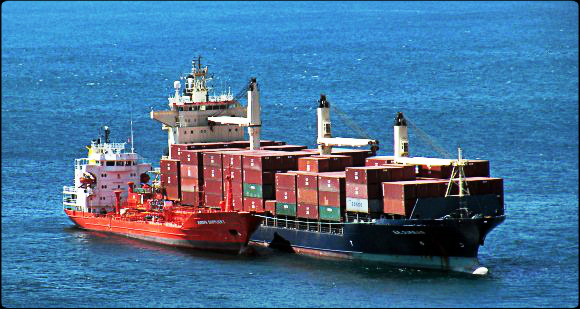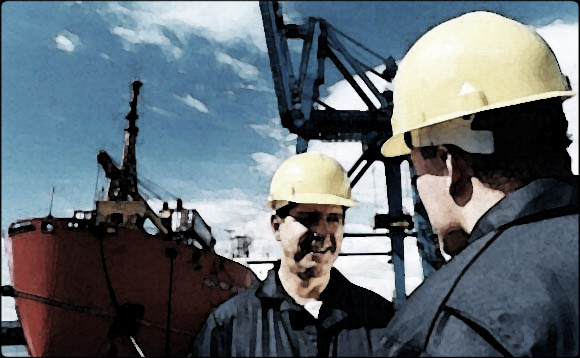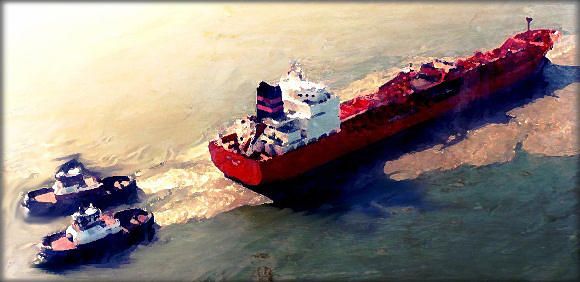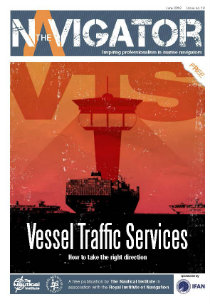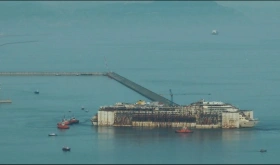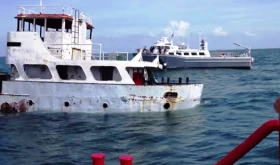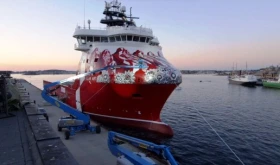A new report from Lloyd’s Register (LR) and University College London’s Energy Institute, Global Marine Fuel Trends 2030, indicates that, in all scenarios, heavy fuel oil remains the main fuel for deep sea shipping while LNG develops a deep sea bunker market share of 11% by 2030.
Best Practice in Ships Technical Management
Quality and safety of operations, management and treatment of crew and transparency of costs spend are increasing. during 2013 GL and Fraunhofer CML experts conducted a study involving about 100 ship managing companies across the globe to find out what they are doing to improve their operations and what they consider as “best practice” in the industry.
New Inline Scrubber System by Wärtsilä
According to Wärtsilä the new inline scrubber system design that has been developed by the Company lowers cost, saves space, and eases installation.
Project Vindskip the Fuel Efficient Ship
The Norwegian designers at Lade AS, have come up with a new concept for a partly wind-powered merchant ship the Vindskip (Windship). According to Lade AS the ship’s design can cut fuel use by 60% and carbon emissions by up to 80%.
Incident Information on Grounding due to Temporary Loss of Steering
A number of vessels have reported temporary loss of steering when reducing ship’s speed, which has resulting in unintended changes in the ship’s direction. This incident information refers to a fully loaded tanker approaching port under pilotage, lost steering and grounded. As a result the vessel suffered bottom damage.
Incident Information on Crankpin Bearing Running Hot
A ship was alongside in port when the main engine was started, and the oil mist detector gave a warning alarm. When opening up the crank case a hot crankpin bearing was found. The crankshaft was found to be seriously damaged in way of one crankpin, causing the vessel to be put off hire for more than a month before resuming operation.
Incident Information on Loss of Main Electrical Power at Sea
This incident information refers to loss of main electrical power onboard a bulk carrier and while at sea. The vessel had completed heavy weather preparations on deck, when she approached a forecasted storm with force 8-9 and waves up to 7 metres. Shortly after running into the storm the fire alarm sounded, a black out occurred and the main engine stopped.
Incident Information on Grooving Corrosion on Ship’s Side
During a loaded voyage of a bulk carrier it was discovered that water had entered into the double bottom tank No.4, amidships. After inspection it was found that the water was coming through the ship’s side via the access trunk from the top wing tank and then to the double bottom ballast tank. The ingress water was estimated to be approximately 300 cubic meters per hour. Fortunately, the leak was limited to the double bottom ballast tank and the ballast pumps were able to keep the tank empty until the crack could be dealt with.
Corrosion in Double Bottom in Engine Room
Water ingress to the engine room of a bulk carrier was discovered during a voyage. The leakage was found to come through the short sounding pipe of the bilge water holding tank in the double bottom. After the visual inspection of the tank, the sea water ingress was found to come through an approximately 45 mm diameter area of serious pitting/hole in bottom plate (see figure below).
Incident Information on Fuel Oil Spill Due to Oily Water Overboard Pipe Corrosion
The following incident took place onboard an oil tanker while the vessel was in port of discharge. Heated fuel oil was found to be seeping from the “oily water” overboard discharge pipe, and the vessel was subsequently detained. As soon as the oil spill was discovered the port heated fuel oil tank was emptied by transferring to another tank and the heated fuel oil tank/piping for the tank closed/sealed.
